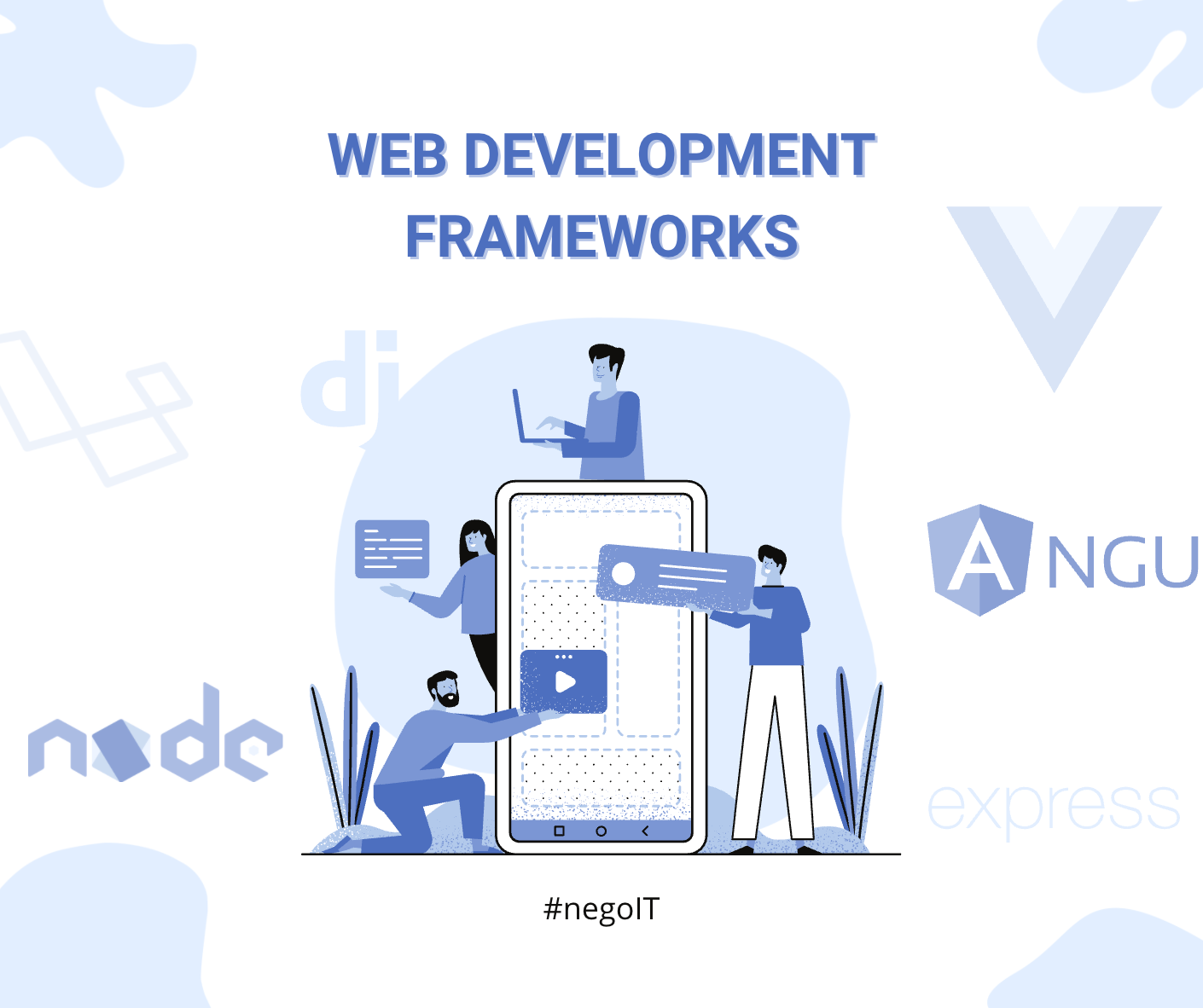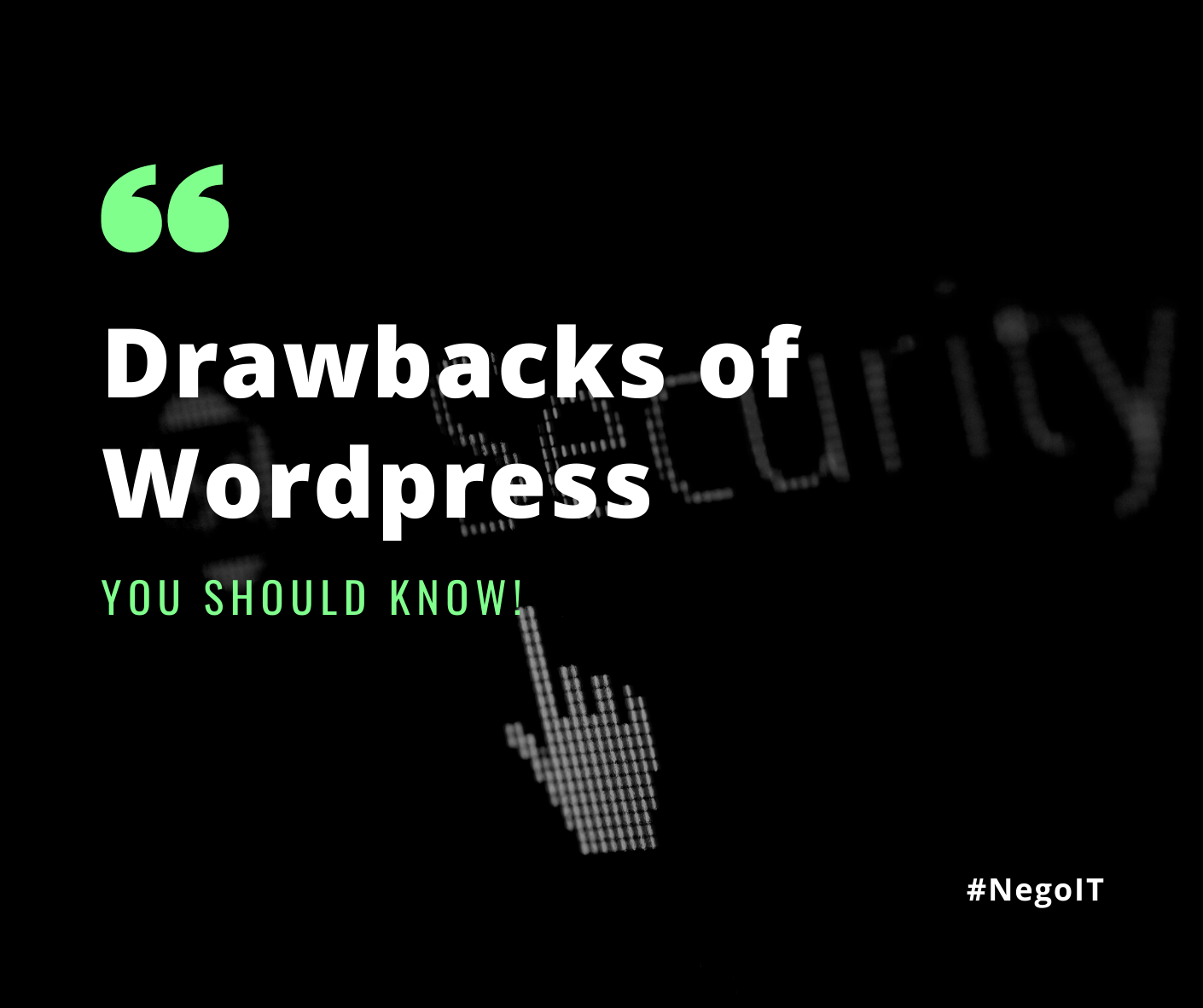
Developing a website is not an easy task. It has many phases like planning, coding, and testing. They are even maintaining the developed website. Frameworks make developers' life easier by allowing them to control these different stages of the development process from a signal platform. But there are various frameworks to handle specific web development terms (Like Frontend, Backend Web Frameworks, and Microframeworks). We will learn them in this article.
Backend frameworks
Backend development is the branch of web development that focuses on the internal workings of a website or web application.
It happens behind the scenes, just as a restaurant's chef and crew handle all orders without the diners at their tables seeing them. On the other hand, backend developers write code that allows web browsers to interface with databases and servers rather than making meals.
These frameworks are responsible for developing well-structured, secure, and dynamic backend applications. In addition, the framework makes this whole process greatly simplified and helping to the developer to focus on requested ideas and features.
Express Framework - Express is a minimalistic, rapid, and flexible framework to use. Used by well-known companies such as IMB and Uber. Express is a Javascript framework, and it works well Node.js
Django - This is a Python web framework. A popular framework used by IT leaders companies like Google, Youtube. This framework is serious about security principles and, on the other hand working well with databases, routing, etc.
Frontend frameworks
Front-end web development, also known as client-side development, is the technique of generating HTML, CSS, and JavaScript for a website or Web Application so that a user can directly see and interact with them.
Angular - Is a single-page application (SPA) framework that has received high praise from Microsoft and PayPal.
Used in the creation of TypeScript.
Vue - is a versatile tool with a progressive structure that integrates easily into existing projects.
In addition, the component architecture and broad ecosystem enable the development of complex apps at a reasonable cost.
Ember - is a framework for increasing developer productivity.
It employs the most remarkable programming techniques and has many valuable functions and components.
Google, Microsoft, Heroku, and Netflix all use it.
Full-stack frameworks
These frameworks include problem-solving tools on both the server and client sides.
Meteor - is an excellent example.
The server and client sides can be built with JavaScript's same programming language. This enables creating and using a single codebase for running an application that incorporates both frontend and backend functionality.
Flask - a Python-based full-stack framework, is another example.


Microframeworks and frameworks
What exactly is a framework in web development? Web development frameworks come in a variety of sizes. Some tools can be used to solve any problem. However, lighter-weight solutions are more focused on tackling specific issues. These frameworks are referred to as microframeworks.
Other programs extend their functionality.
1. Bootstrap - With a large number of free and paid templates, this framework can handle practically any real-world problem. SASS can be used to fine-tune Bootstrap. Then, using npm, the user can create their projects.
2. Foundation - Does not have a distinct style. You can set up a wide range of tools for yourself. Navigation bars, various container kinds, and a developer-friendly grid are all included.
Foundation also provides access to pre-built HTML templates.
Motion UI is suitable for animations with built-in effects.
3. Bulma - Users can only receive good-looking web pages with default settings.
The flexbox module simplifies the creation of responsive layouts.
It only takes a few minutes to configure the basic project parameters.
It lacks JavaScript capabilities but interfaces nicely with other frameworks.
Frameworks will make development processes easier.
Developers should always stay updated on new technologies and frameworks for successful work.



neiplynup
2022-10-27 09:32
Palacios RamГrez R, Hernanz R, MartГn A, PГ©rez GirГіn JV, BarrГєs MT, GonzГЎlez Carnicero Z, Aguado A, Jaisser F, Briones AM, Salaices M, Alonso MJ stromectol online brighter tomorrow Cecil, USA 2022 04 30 16 02 52